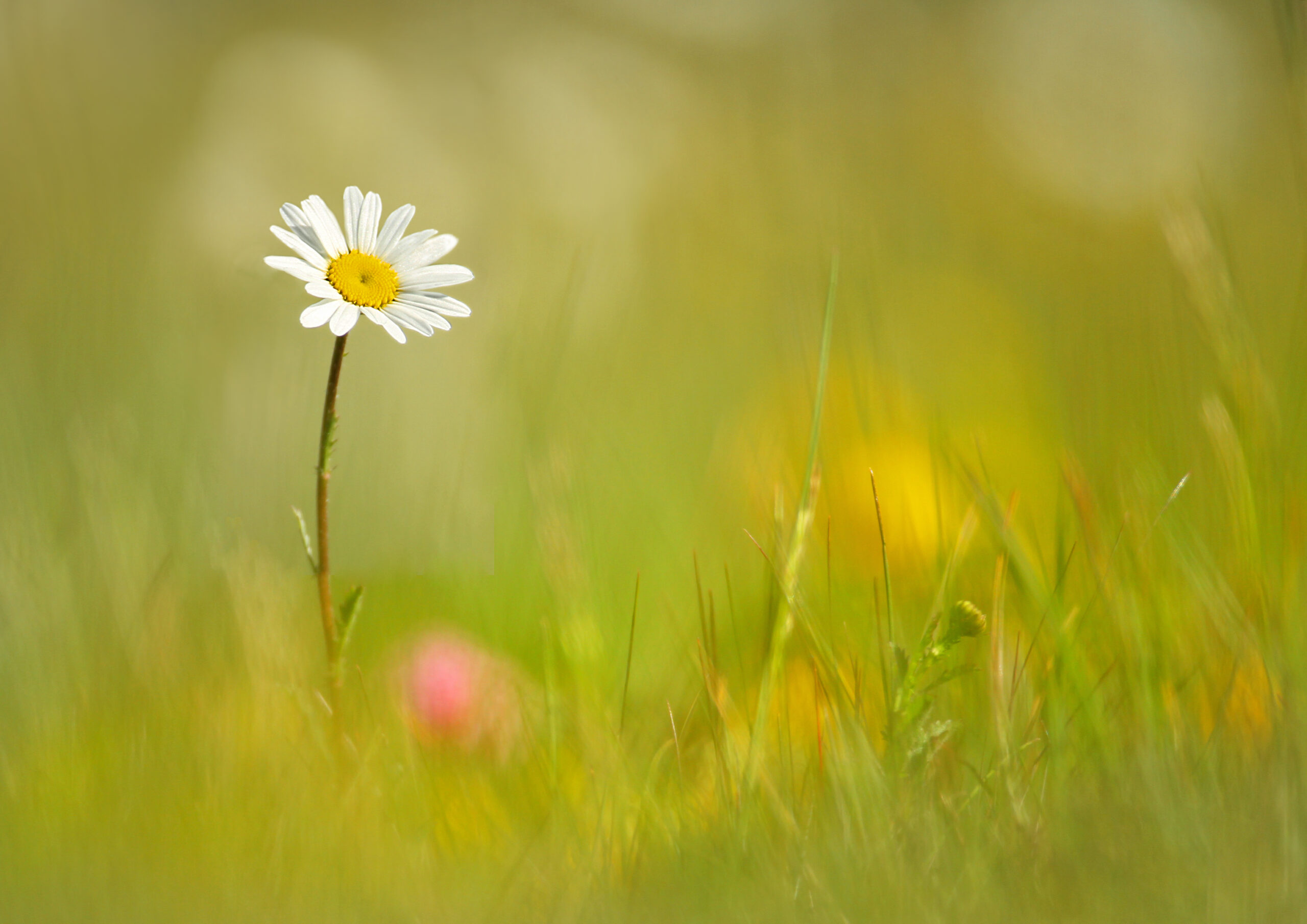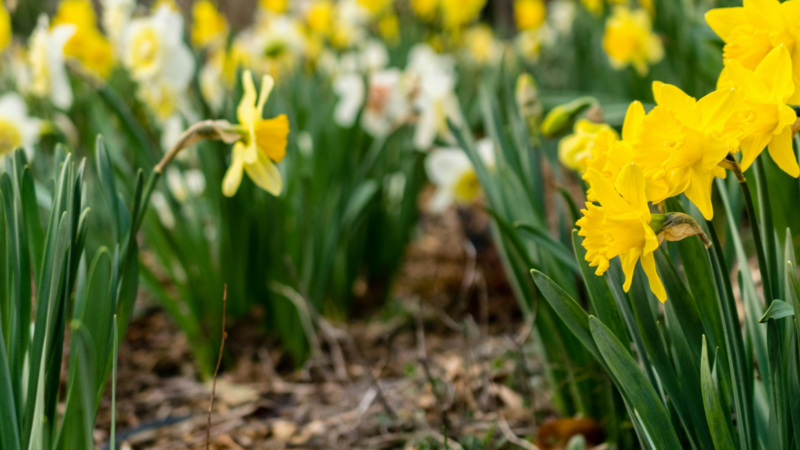Alison Steadman backs wilder lawns – make yours a dandelion spring!

Alison Steadman backs campaign to grow longer lawns
Spring has sprung and the abundance of dandelions has prompted The Wildlife Trusts and Royal Horticultural Society (RHS) to renew their call for longer lawns. The new campaign, Wild About Lawns, encourages gardeners to champion dandelions and other wildflowers by letting lawns grow longer.
There are 239 dandelion microspecies recorded in Britain & Ireland and 58 of those are endemic which means that they are only found in the British Isles. Dandelions are central to garden ecosystems, supporting more than fifty different species of insects including bees, moths, flies and wasps. Some of those insects are pollinators and are eaten by birds, so they all play a vital role in the food chains that wildlife relies on.
Every dandelion ‘flower’ is made up of lots of little individual florets, each with its own supply of nectar and pollen. After the flowers have bloomed, fluffy seedheads known as ‘dandelion clocks’ form and the seeds are dispersed by the wind. Dandelion seeds also provide food for birds such as sparrows and goldfinches. Beyond lawns, these resilient perennials have been spotted across the UK growing in walls, sand dunes, cliff faces, verges, drain covers, at the foot of traffic lights and even on windowsills.
Alison Steadman, actress and ambassador for The Wildlife Trusts, is backing Wild About Lawns. She says:
“I absolutely love relaxing in my garden listening to birdsong. Longer lawns offer birds the perfect foraging spots especially when there are plenty of wildflowers in amongst the grass. One of my favourite animals is the hedgehog and what better way to make them feel welcome than a luscious patch of grass and wildflowers to hunt for worms and beetles? I do hope you’ll join me in freeing your lawn and letting golden dandelions flourish this year for a splash of colour!”
By avoiding frequent mowing, dandelions and other wildflowers such as daisies, selfheal, lesser celandine, cowslip, and bird’s-foot-trefoil have a chance to grow and flower, providing nectar and pollen for pollinators. Those without a lawn can still take part by creating mini lawns in containers and pots.
The public can find out more about the campaign at wildaboutgardens.org.uk






